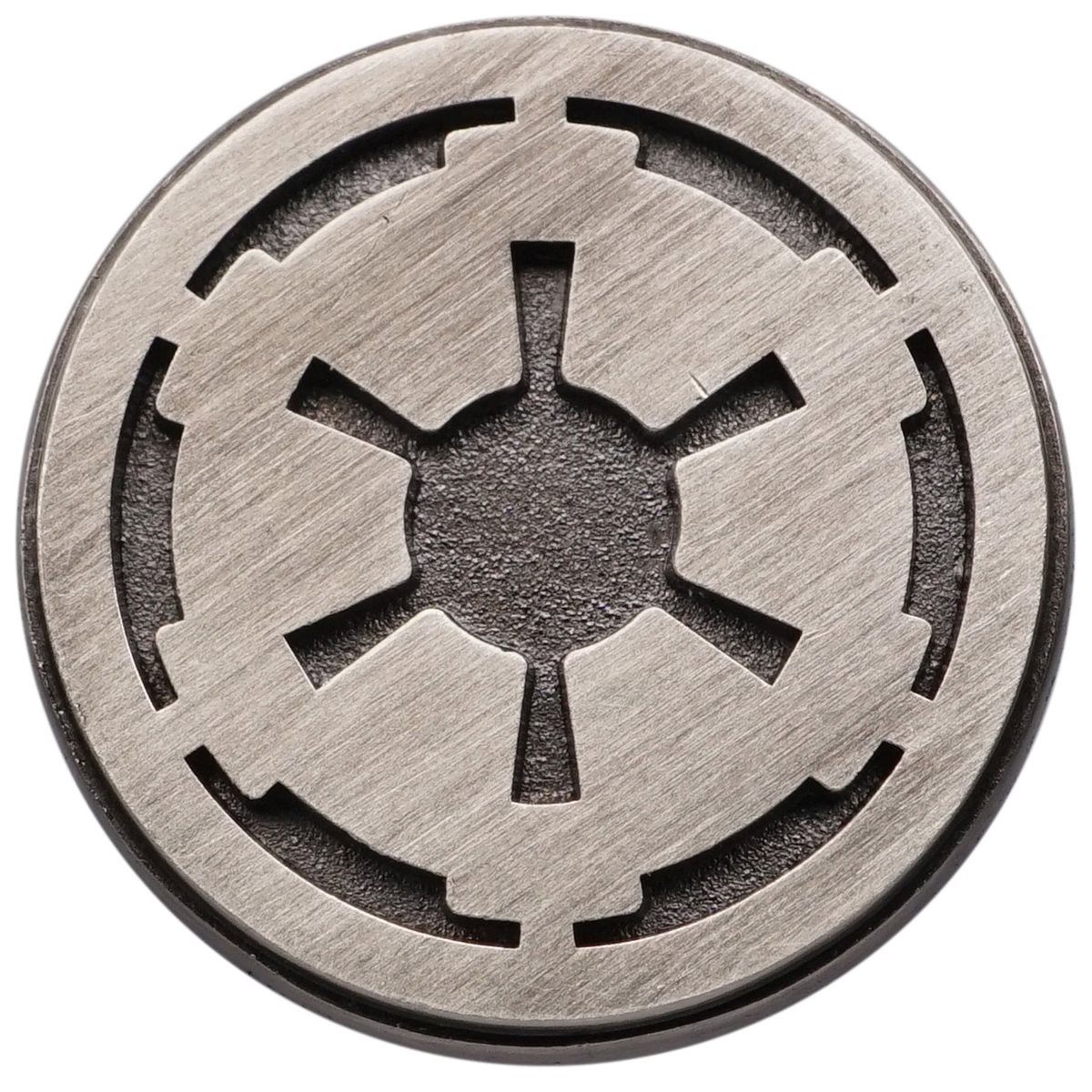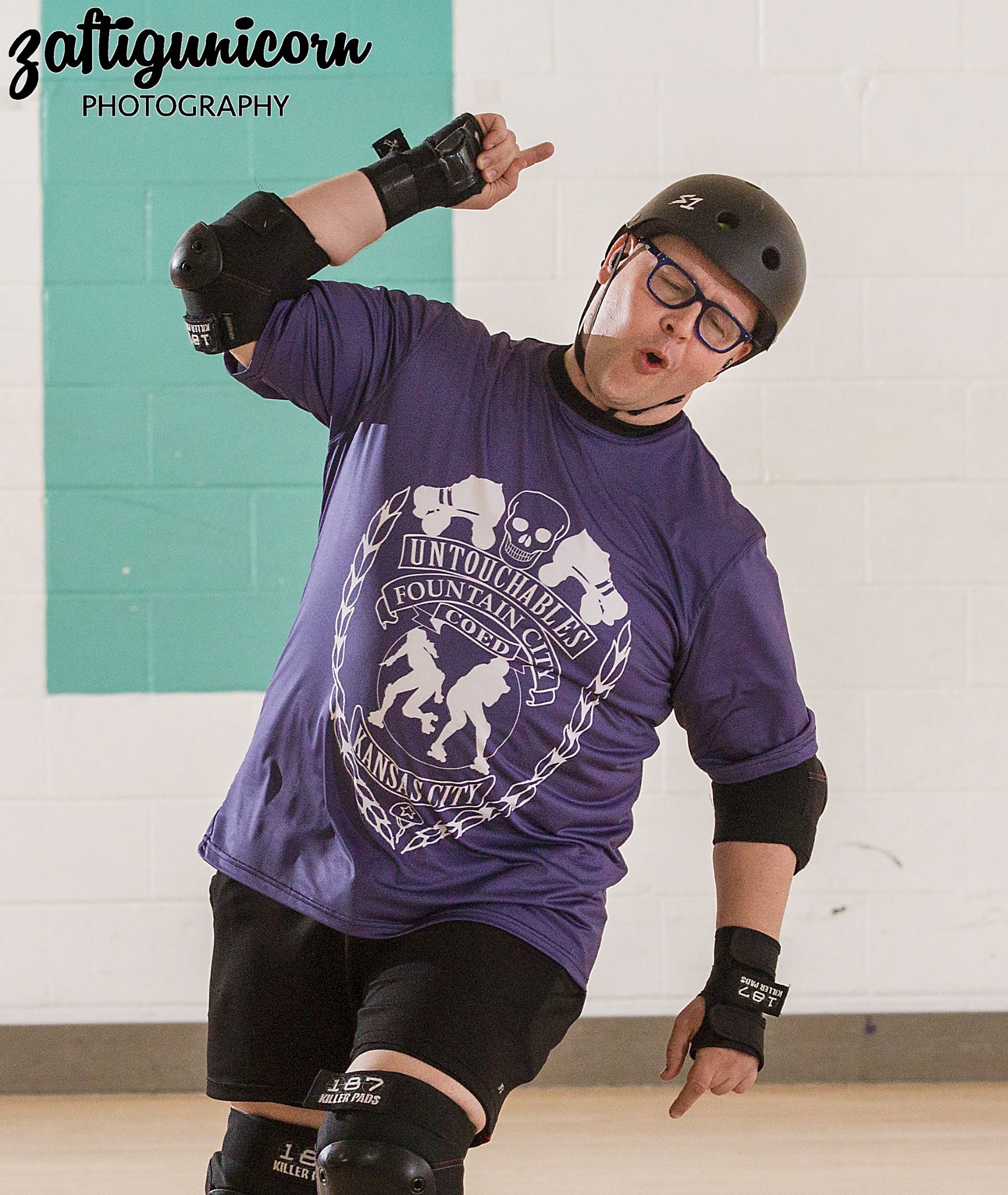My two are:
Making sourdough. I personally always heard like this weird almost mysticism around making it. But I bought a $7 starter from a bakery store, and using just stuff in my kitchen and cheap bread flour I’ve been eating fresh sourdough every day and been super happy with it. Some loafs aren’t super consistent because I don’t have like temperature controlled box or anything. But they’ve all been tasty.
Drawing. I’m by no means an artist, but I always felt like people who were good at drawing were like on a different level. But I buckled down and every day for a month I tried drawing my favorite anime character following an online guide. So just 30 minutes every day. The first one was so bad I almost gave up, but I was in love with the last one and made me realize that like… yeah it really is just practice. Years and years of it to be good at drawing things consistently, quickly, and a variety of things. But I had fun and got something I enjoyed much faster than I expected. So if you want to learn to draw, I would recommend just trying to draw something you really like following a guide and just try it once a day until you are happy with the result.
My first thought was sourdough too, and making fermented foods in general. I wanted to get into making my own sourdough bread for a while, but every time I started researching I just gave up. A lot of recipes out there make it look so intimidating and honestly, most of the steps are just not necessary for a basic loaf. Been making simple bread in loaf pans for months now and loving it.
Same! Some of the recipes make it sound like you need 6 special tools and a climate controlled area. Freaking internet blogs trying to justify their existence by over complicating things.
Cooking. A lot of really delicious foods have extremely simple recipes and as an amateur you have time on your side. You don’t have to rush anything for most recipes. A lot of times I measure and cut everything before I even turn on the stove and this makes cooking super easy. Sure it takes a while to cook when you are just starting out but you can just go at your own pace. I really feel like anyone can cook almost anything. You don’t even need fancy tools. I got started with a $12 wok and a wooden spatula. These days there’s a huge amount of resources to teach you how to make just about everything. It’s also really rewarding since you get to eat what you make and you get to make things you want to eat. Needless to say it’s also a very important skill.
Gathering, cutting, measuring all the ingredients before cooking is actually a very well regarded French method called mis en place so you’re basically already classically trained 😜
Cooking is much easier than it looks. Recipes are just suggestions and after looking at enough of them the commonalities to play around with it
Except baking. Unless you exactly know what each ingredient does.
Never baking. That is different from cooking
Blender. Not great at it, but there’s so many fantastic tutorials on YouTube. I can use it good enough to design and 3d print simple things. Of course, there’s may aspects / layers to it. It’s both broad and deep. So it’s good to kind of focus on one thing at the time, and then break that down even further.
Man, I tried to get into this. Spent months running through the tutorials. I just couldn’t grasp how they design flow of creating a complex shape from scratch. It just didn’t “make sense”.
I’ve found parametric modeling programs like Solidworks far, far more intuitive to use - it’s easier for me to grasp “okay, this thing is a combination of added shapes, extrusions, negative spaces, revolved outlines, etc” than what Blender wants you to do. Unfortunately, most parametric programs really don’t offer good skinning/texturing and only mediocre rendering options.
I totally get that. It’s like finding a programming language or personal information manager app that you like. Have to try a bunch out to find something that works for you.
A long time ago I dabbled in script-generated ray tracing. That was fun, but I never got great at it.
I also learned PostScript for a while, because I wanted to create some very intricate printable forms. Using WYSIWG tools was just not cutting it. I ended up with some large 300dpi forms that I liked, whuch were perfect for the assignment.
Sometimes a different model or approach can make a huge difference to your work flow.
Blender tends to work better for organic shapes. I know because I suffer a LOT to make more parametric stuff with it. I really should learn how to properly use something like Solidworks, Fusion360 or something along those lines.
Try onshape. I learnt fusion last year though YT and playing around for 3D prints.
Its fine but a bit of overkill. Onshape has just enough support that a search for “how to do X” takes you to the wiki or official forum, and boom. Answer.
It also seems more initiative and just gets out of the way, compared to fusion.
No idea if its just coz I learnt fusion first though.
I tried solid works but nothing clicled for me with that.
I hear you on that. On the reverse, trying to make “smoothly flowing” curved shapes in Solidworks is a headache (similarly, I’ve suffered trying). They do offer a slicing tool so you can import your monkey head from Blender and convert it into parametric object(s).
I’ve been wanting to learn blender for the same reason. Complicated models are an absolutely bitch to work with in parasolid modeling engines.
However, for simple designs, parasolid modeling is spectacular for designing models for printing. Fusion360 has a free tier for hobbyists (they hide it and you have to go hunting to find it, but it exists), and I’ve done most of my designs there.
I’ve also used tinkercad for really simple edits. I’ve heard great things about solidworks, but it’s expensive af, even for a hobbyist account.
Not sure exactly what you consider ‘expensive’, but there are ways to get a student edition Solidworks account for $100/year. I consider that a pretty reasonable price.
Personally, I find it infinitely more usable than Blender, but that may just be my personal biases in play. Your mileage may vary.
That’s absolutely reasonable, but I’m not a student. Is that required by the license agreement?
What are your favorite tutorials about Blender specifically for 3D printing? Any channel recommendations?
I do resin printing. All models get sliced into 2d layers by the slicer program. Therefore, the geometry of the mesh isn’t nearly as important as it would be for something you wanted to animate or use in a game. (Pro 3d modelers take great pains to keep their meshes very clean and smooth, made up of all triangles, etc. But if you’re just going to convert the thing to a bunch of 2d slices, you don’t need that level of discipline.)
You can basically overlap and tweak a bunch of primitive shapes (cubes, spheres, cylinders, etc) to build a complex shape for the thing you want. Then you can export that as an STL file and load it into your slicer. Once inside the slicer you can add any needed supports and then slice it.
In order to get to this pretty basic level of competence, I just watched several tutorial videos on the basics. Like how to add shapes, scale them, modify them, mirror them for perfect symmetry, etc. I have watched some videos on texturing, lighting, etc. out of curiosity but you don’t need any of that for resin printing.
And once you export it as an STL it looks like one solid thing, so it’s easy to rotate it around and so on in the slicer program.
“Blender Guru” is a really well done Blender tutorial channel, but he also covers a lot of things I don’t really need. Early on, I learned a lot from the “tutor4u” channel.
Thank you :)
Wholeheartedly agree! Nomad Sculpt ^(yo-ho!) via tablet & stylus is a great addition to this notion, and makes for far better modulation in post than creating in zBrush (multiple parts v. inseparable object).
What sort of resin printing do you do, and what part of the world, if you don’t mind me asking?
I have an Anycubic 4k resin printer. I’m in the US. Most of the time I am printing miniatures for tabletop gaming using STL files I find online. However, sometimes I want to customize them. And more than once I’ve needed to repair some broken household object and needed to print a part for it. I’ve also made a few original gifts for people from scratch. I’m not a very good sculptor, but I can make funny / cute things and put their name on it, stuff like that. I can also copy stuff pretty well if I have enough photos of it from enough 90-degree angles. It’s a very fun hobby, I wish I had more time for it!
Oh, for sure. I feel ya there. Some days, I almost wish it was still just a hobby for me, heh. But, the hours are decent, and I absolutely love the creative aspect as well as the personalized service of most prints I make for others. I certainly had no idea that the “Satanic” pastimes I was up to in the early days would somehow build into a bonafide job, that’s for sure. 🤣🤓
You actually succeeded in the quest from hobbies to career. Well done!
As someone who also prints with resin, let me tell you that a decent mesh is crucial for bigger pieces that you need to make hollow. More often than not, objects are an amalgamation of smaller things cobbled together, but without vertices connecting them. When you try to hollow such a piece, it won’t work “the right way”, so you can end up with hollowed pieces that have no holes and will leak, break or fail somehow after fully printed.
Years ago, I also had to deal with an object that had some 50k loose vertices, invisible to the naked eye because they didn’t make any edges or faces, but chitubox sliced as if it had a million faces covering the entire build plate.
Another thing I do, mostly to help with stopping chitubox from crashing, is reducing the face count of models (Modifiers -> Decimate). Yes, 4 million faces, lots of detail, etc etc, but if it’s a 32-40mm tall mini, it’s extremely unlikely you’ll notice any differences between that original and a version with ~600k faces, both printed together.
Thank you for adding this to the discussion. I should have specified that I only print smaller things, maybe 10cm tall at the most. Most things I print are much shorter than that. I have only printed one hollowed print (out of hundreds of objects). For my modest needs, the savings on resin is usually not worth the hassle of cleaning / curing the interior cavities. I can definitely see how having bad geometry could foul up a large, complex and/or hollowed print!
I mostly print miniatures as well, but sometimes it’s miniature vehicles, or other sorts of big miniatures that, if hollowed out, can drop from ~35g to ~15g of resin needed. When a typical 36mm tall mini will usually take 5g with supports, that’s a big difference.
I remember I gave up printing a chibi Duran (from Trials of Mana), roughly 8cm tall, because each piece of the hair was a separate object, thus impossible to hollow “as is”. The hair alone was probably more than half of the total resin needed for the piece.
Playing older video games via emulation. The barrier to entry gets easier and easier as time marches on. And as long as you have disc space to download the games, you’ll likely find a repository somewhere on the Internet.
Anbernic handheld consoles are awesome and inexpensive.
I recommend the RG35XXSP. It’s shaped like a Gameboy Advance SP and plays lots of Dreamcast & N64 games plus everything below that.
$60 + Shipping Directly from Anbernic
or
$90 with free 1 or 2 day shipping from Amazon
Oh yeah some even let you play in browser now. Crazy how it takes seconds, and most peoples phones can even play most everything game cube and earlier.
That is a particularly handy feature for older computer games from DOS and C64.
And if you don’t flash drives/micro SD cards are dirt cheap and stupid fast these days. May as well be external storage in an easy to loose stick or microSD card.
I’ve never had a problem playing my collection of old games I used to own externally.
You can also play at the Internet Arcade or Classic PC Games on archive.org.
I’ve been playing tons of GameCube games since Dolphin recently released RetroAchievement support. (Basically community made achievements for retro games, available for tons of games and consoles)
Chinese handhelds (sbcgamings) are an interesting rabbit hole.
Miyoo Mini Plus!!!
My childhood dream.
Modding my Vita blew my mind.
Magic The Gathering. At first I liked the Artworks and then I liked the Game. Expsensive tho.
I dunno man, used to be pretty good back in the early days.
I tried to get back into it now, and it’s a HELL of a lot more complicated wit commanders and about 20 new card attributes with terrible descriptors.
Old magic was simple, anyone could pick it up in 20 mins. Modern magic is the product of decades of powercreep and Hasbro’s greed.
Reading the card explains the card
I just learned it in like a Week. It’s still fun and there are many people to play with :P
enjoy, just that it’s not simple anymore and doesn’t fit with this topic
The bizarre culture (pun intended) around sourdough is maddening. The obsession over the “ear,” bannetons, lames, daily feeding: all bro club bullshit. This is the bread humans have been making for millennia; the only tools you need are one hot rock and one not-hot rock.
Do you even sour, bro?
Lul reminds me of the coffee bros. With their 3.4 sec at 666 degrees vs 8.9 sec at 69 degrees pour or whatever they call it.
It’s the exact same phenomenon. Surely astroturf bullshit started by whomever is selling the useless tools.
That and I think there’s a fair bit of elitism as well. Everyone is always trying to one up each other and since you can only go so expensive with the beans and equipment the next step is to be pretentious with the prep.
elitism* pretentious* 🙃
Thanks bud, I be struggling here.
There are some serious differences between a badly made loaf and a well done one though. You never stop learning. But yeah, it’s easy to get something passable.
None of the differences have anything to do with the Bro Method.
Hypnosis. Pretty much 100% of what the average person thinks about how hypnosis works is wrong: there’s no mysticism, no magnetism, no magic, no Freud, no “clash of willpower”, no “permanent side effects”, no “mind control”, no risk of “never coming back”.
You simply have to put a convincing act that you, the hypnotist, have “the power”, and nearly everything you say will work. You play with people’s expectations. There’s no “recipe” for a surefire way to hypnotize someone, because it doesn’t “work” with everyone and even on the people it works, it’s not the same experience.
Ironically, I have difficulty being hypnotized myself, which sucks. Or maybe I have too high expectations of how I should feel while being hypnotized.
To get good at being hypnotized practice guided meditation. It’s the same thing, but guided meditation is often easier as it tends to exclusively be aiming at getting you into trance and taking you out.
Fantastic trick for getting young kids to sleep - at least, until they get freaked out that someone has the power to induce sleep and fight the technique. Which, in hindsight, fair I guess.
Tried passing on the trick from a self-hypnosis perspective after that point but it just didn’t take. Interesting stuff though - makes me wonder if I should look into hypnosis from a hobbyist perspective again.
Edit: Of course, there was also the time I did it with my then girlfriend to induce an a super vivid but otherwise undefined imaginary scene, and butted right against some repressed trauma I was not equipped to handle, aside from lots of hugs and "You’re ok"s. Soooo… this is what I get for hypnotizing people armed only with the experience of being hypnotized once, a self-hypnosis book I played around with as a teen, and a pretty detailed scene from an underground fiction novel, I suppose.
Fly fishing
Got yelled at as a kid for playing with your pole too much? Then it’s the hobby for you. Can practice in your backyard and it’s fun just to whip shit around
The cost barrier of entry is decently high though. Fly fishing is a huge rabbit hole for sure. I’ve never been but one of my coworkers goes almost weekly.
You can buy like $50 kits or go on Craigslist and look for someone selling their impulse bought gear.
Add in a license fee and even then it’s not too bad for time killing hobby.
I think when I first got into it I was put off thinking I’d need like the finest $3k in orvis gear and I’d need to buy $10 flies at my local shops.
Like there’s a weird bougie-classist feeling I think a lot of people have which turns them off of trying to get into the sport.
making mead:
honey, yeast, water, shake the carboy, pop on the airlock (fancy cork), wait two weeks.
wine making:
juice, sugar, yeast, water, shake the carboy, pop on the airlock, wait two weeks.
No camden tablets for sterilization?
I’ve never found them necessary.
I use a baking soda/water combo to clean out carboys between uses, and ill dip the airlock stopper in boiling water before attaching it, any cloth i use to wipe things down is boiled beforehand.
as long as everything is clean before the carboy is sealed, you’re good.
I’ve never lost a batch.
knock on wood.
“Easy” being relative… 3d printing. Especially with modern printers. Leather working is easier than i thought although i won’t say I’m awesome at it. Probably the easiest thing i’ve learned is homebrewing. 90% is cleaning. Outside of that if you can boil water you can brew. Extract kits make it super easy. From there you can go all grain or stick ti extracts. Or if you want super easy, go mead. Honey, water, yeast. That’s it.
Weaving. I though I’d have to get a huge-ass loom and all that, until I found a guide for making a small cardboard thingy with notches for the warp threads to get started, and later got one of those small kids’ looms.
Ham radio. The license is now just a multiple choice quiz–no morse code needed. There are apps that go through the questions in a flashcard style, and if you go through that for 30 minutes a day for a month, you’ll pass no problem.
Entry level radios have gotten cheap, too. $25 Bafangs are the butt of jokes around ham radio, and yet everyone seems to have at least one. The older models had harmonic transmission issues that violated FCC requirements, but there’s newer ones that clean it up and cost about the same.
Programming.
I first realized that I loved it at the age of 11. It’s easy to get into but programming itself can be difficult or easy depending on what you are aiming to do and how. I love it both as a hobby and as a high school subject (hopefully as a job in the next few years as well)
hopefully as a job in the next few years
😅😬
Whittling
Just buy a knife kit and some wood blanks, surprisingly affordable.
And, it only takes a few trips to the ER to find out how shite you are at it! Win! Time for another hobby that requires only a few fingers! 🤩🤌🏽
Yeah I should have added the cut proof gloves and thumb protectors
Sewing! My girlfriend is into it and had some machines already. It’s way easier and more fun than I expected.
Any resources to pick this up that you can share?
YouTube, and forums for questions. Many popular patterns have videos.
I think places like apostrophe patterns are good for beginner patterns because they do fully custom patterns based on your measurements.
For a starter machine, definitely do research, because shitty sewing machines suck to use soooo much and pull any fun out of sewing. People online seem to really like Juki. My girlfriend has a brother, and it definitely feels kinda cheap and has trouble with thick stuff sometimes.
If you’re really into sewing, a serger is totally worth it, A cover stitch is nice to have.
















